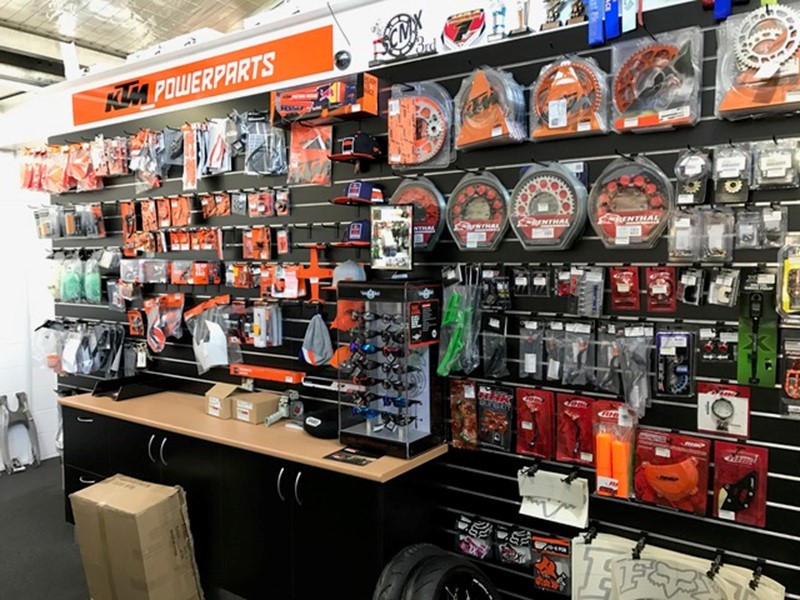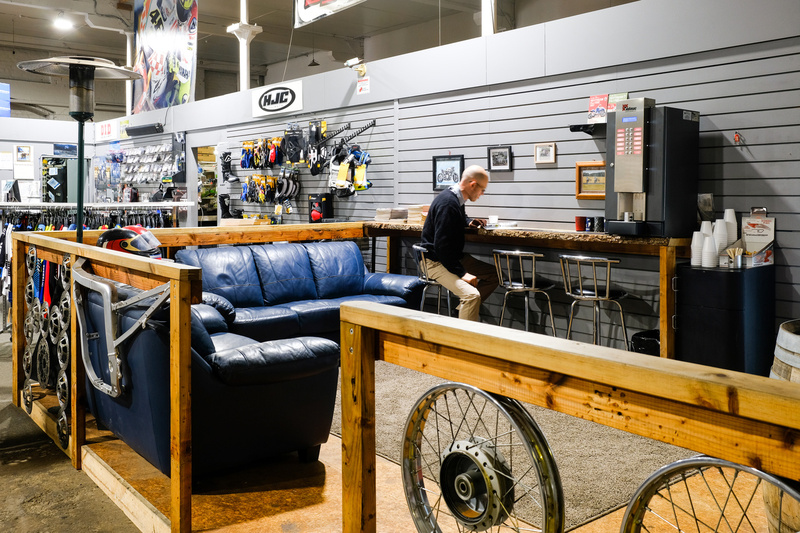Understanding the Crucial Components of a Bike: A Comprehensive Guide for Lovers
For motorbike fanatics wanting to boost their riding experience and guarantee their bikes run efficiently, comprehending the necessary elements of a motorbike is paramount. Each component, from the engine's elaborate workings to the crucial role of the braking mechanisms, not just impacts efficiency but additionally safety and security and convenience. This guide will go through the essential parts that every motorcyclist should recognize with, allowing educated choices in both upkeep and prospective upgrades. As we start this expedition, one must ask: how does each component interact to create the seamless adventure every enthusiast seeks?
Engine Components

The camshaft plays a critical role in managing the timing of the engine's shutoffs, making sure the precise opening and closing required for reliable fuel and air intake, in addition to exhaust expulsion. This timing is essential to preserving optimum engine performance and effectiveness. In addition, the carburetor or gas injection system, relying on the motorcycle design, is accountable for blending air with fuel in the correct proportion for combustion.
The cooling system, either air or liquid-based, works to preserve the engine's temperature level within operational limits, avoiding overheating and making certain longevity - mx gear nz. Each component, diligently created and incorporated, adds to the smooth procedure of the engine, specifying the motorbike's power outcome and total performance
Transmission System
Important to the bike's performance, the transmission system ensures effective power transfer from the engine to the wheels. This system consists of numerous critical components, consisting of the clutch, transmission, and last drive, each playing an essential function in converting the engine's power right into motion. The clutch, commonly run by a hand bar, serves to engage and disengage the engine from the transmission, enabling for smooth equipment modifications and regulated acceleration.
The gearbox, frequently described as the transmission appropriate, has a set of equipments that cyclists can manually shift via to readjust the bike's speed and torque outcome. These equipments are organized in a series that allows the motorbike to speed up efficiently and preserve ideal engine efficiency throughout various rates. Many bikes use a sequential gearbox, requiring the biker to move gears in a fixed order.
Braking Mechanisms
While understanding the transmission system is vital to taking advantage of a motorbike's power, just as crucial is the ability to control and quit that power efficiently, which is where braking devices come into play. Brakes are essential for security and efficiency, giving the rider with the necessary control to navigate various surfaces and problems. Generally, motorcycles feature 2 kinds of braking systems: disc brakes and drum brakes.
Disc brakes are extra widespread in modern motorbikes due to their remarkable performance. They contain a brake disc, caliper, and pads. When triggered, the caliper presses the brake pads versus the rotating disc, transforming kinetic power right into warmth, consequently slowing the wheel. This system provides better warmth dissipation, consistent performance, and enhanced stopping power, especially in you could try here damp problems. visit the site
Alternatively, drum brakes, though less common, are still found in some motorbikes. They work by pressing brake shoes versus the internal surface area of a drum connected to the wheel. While typically much less effective in warmth dissipation and quiting power, drum brakes are less complex and extra economical.
Comprehending these braking systems' nuances allows riders to maintain their bikes effectively and appreciate the engineering that makes sure risk-free and reliable quiting.
Suspension and Steering
Suspension and guiding systems are vital components that dramatically influence a motorbike's handling and experience comfort. The suspension system, containing forks at the front and shock absorbers at the rear, takes in roadway abnormalities, improving security and control. Front forks, inverted or normally telescopic, compress and rebound to reduce effects, while back shock absorbers maintain tire contact with the roadway, vital for grip and safety.
Guiding, focused around the handlebars, connects the motorcyclist to the bike's directional control. The steering head bearings guarantee smooth procedure, permitting accurate ability to move. Appropriate alignment and upkeep of these bearings are crucial for foreseeable steering feedback and minimizing cyclist exhaustion.
The suspension's adjustability is another crucial facet; preload, damping, and rebound settings permit personalization to match numerous riding problems and designs. This versatility is necessary for optimizing performance, whether navigating metropolitan streets or dealing with sturdy routes. Innovations like digital suspension systems supply real-time changes, boosting trip top quality across diverse surfaces.

Electrical Systems
After making sure a smooth and regulated ride through effective suspension and guiding systems, interest turns to the electric systems, an essential aspect of modern-day bikes. These systems play a crucial function not just in starting the engine however also in powering numerous parts that boost the capability and safety of the motorcycle.
At the heart of a motorcycle's electric explanation system is the battery, which stores electrical energy necessary for beginning the engine and powering complementary systems - motorbike shop. The alternator or generator, paired with the rectifier-regulator, makes certain the battery remains billed while the motorcycle functions, converting mechanical power into electrical energy and maintaining voltage levels
The ignition system, one more essential element, is in charge of stiring up the air-fuel blend in the engine's cyndrical tubes. Modern motorcycles commonly use a digital ignition system, providing higher effectiveness and reliability compared to standard systems.
Lights systems, consisting of headlights, tail lights, and indicators, are likewise vital, guaranteeing visibility and security for the rider. Extra electronic components such as sensing units, control systems, and presents add to innovative functions like gas injection administration, anti-lock braking systems (ABS), and electronic dashboards, better enhancing the riding experience.
Conclusion
A thorough understanding of a motorbike's vital parts, including the engine, transmission system, braking devices, suspension, guiding, and electrical systems, is indispensable for lovers aiming to enhance convenience, efficiency, and safety and security. Mastery of these components permits for informed choices concerning maintenance and upgrades, eventually improving the riding experience. By integrating this expertise, riders can guarantee their bikes run at peak efficiency and reliability, thus maximizing both satisfaction and longevity of their vehicles.
For bike lovers looking to elevate their riding experience and guarantee their bikes run efficiently, comprehending the important components of a bike is extremely important.Important to the motorbike's functionality, the transmission system ensures efficient power transfer from the engine to the wheels.While understanding the transmission system is key to harnessing a motorbike's power, just as vital is the capability to regulate and stop that power successfully, which is where braking systems come right into play. Usually, motorcycles feature two types of stopping systems: disc brakes and drum brakes.
A detailed comprehension of a bike's crucial parts, consisting of the engine, transmission system, braking systems, suspension, guiding, and electrical systems, is vital for enthusiasts intending to optimize convenience, safety and security, and performance.